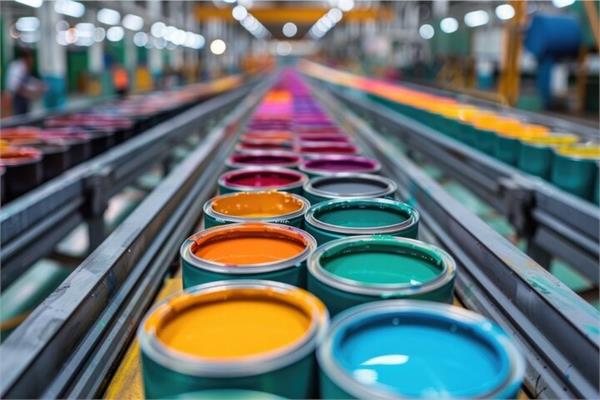
Consumer and commercial uses of paints and coatings, including aerosol sprays, pose minimal 1,3-butadiene exposure risks due to its low concentrations and limited degradation in final products.
The U.S. Environmental Protection Agency (EPA) has released its draft risk evaluation for 1,3-butadiene use in paints and coatings manufacturing, under the Toxic Substances Control Act (TSCA) for public comment.
The evaluation includes plans for peer review by the Science Advisory Committee on Chemicals (SACC). In this draft, the EPA preliminarily determined that 1,3-butadiene poses an unreasonable risk to human health through inhalation exposure, particularly for workers and fenceline communities near facilities that use or manufacture the substance.
1,3-Butadiene is a colourless, highly flammable gas with a mild odour similar to gasoline. Exposure to it has been linked to health effects, including reduced birthweight pregnancies, blood and immune system diseases, and leukaemia. Facilities that manufacture or process 1,3-butadiene mainly release it into the air, contributing significantly to environmental and human exposure risks.
1,3-Butadiene is extensively used in the manufacturing of paints and coatings, as well as in adhesives, sealants, and other products. Specific manufacturing and processing activities for paints and coatings include:
- Processing as a reactant: used as an intermediate in paint and coating manufacturing.
- Incorporation into formulations: added as a processing aid or chemical ingredient in mixtures for paints and coatings.
The EPA’s evaluation indicates that risks from industrial processing and manufacturing activities in paints and coatings are a primary concern. However, consumer uses of paints and coatings containing 1,3-butadiene were preliminarily determined not to contribute significantly to unreasonable risk. This is because 1,3-butadiene typically exists in trace concentrations in consumer products and is not expected to degrade to harmful levels under normal use conditions.
Unreasonable Risks Identified:
- Workers and fenceline communities face the highest risks due to exposure during production and processing activities, including those in the paint and coating manufacturing industry.
- Activities such as repackaging, recycling, and laboratory use further expose workers.
- No Significant Environmental Risks: the draft evaluation preliminarily concludes that 1,3-butadiene does not pose unreasonable risks to the environment.